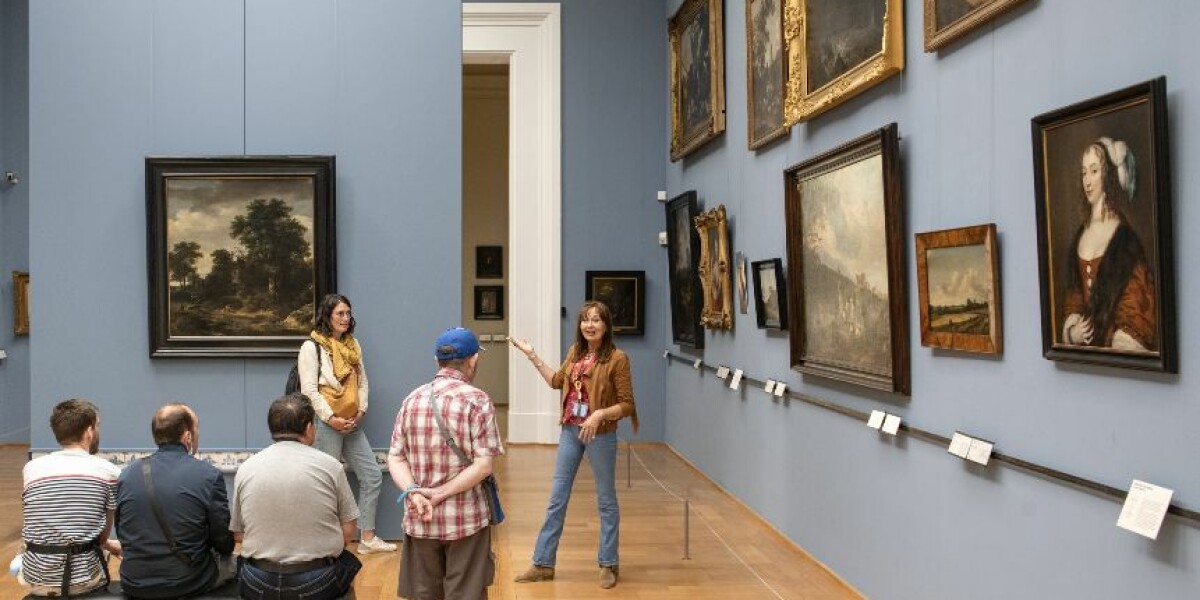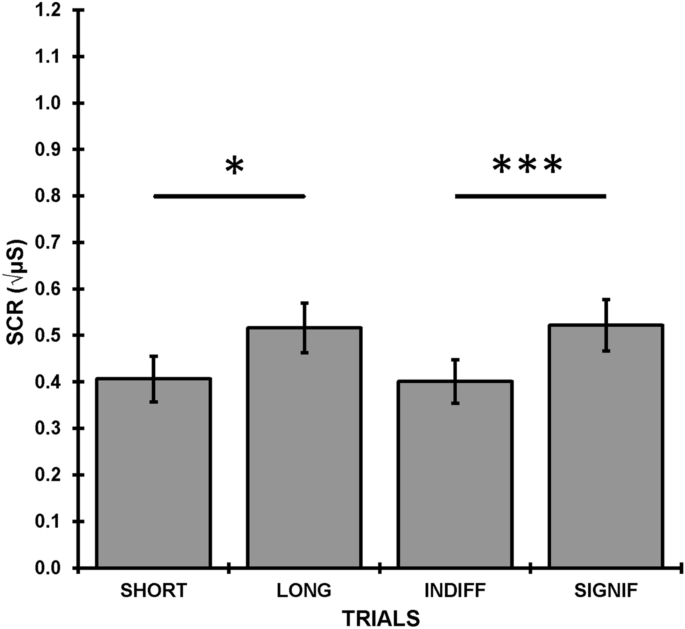
- Select a language for the TTS:
- UK English Female
- UK English Male
- US English Female
- US English Male
- Australian Female
- Australian Male
- Language selected: (auto detect) - EN
Play all audios:
Art therapy has been helping people for at least a decade. The American Art Therapy Association says it aims to “improve cognitive and sensorimotor functions, foster self-esteem and
self-awareness, cultivate emotional resilience, promote insight, enhance social skills, reduce and resolve conflicts and distress, and advance societal and ecological change”. All of these
are being explored and put to good use in Lille. The Palais des Beaux Arts museum in the city has been developing art therapy for more than six years. Marie Vidal de la Blache, the
museum’s development manager, says: “In partnership with the teaching hospital [Centre hospitalier universitaire, or CHU] and other local associations, we offer art therapy to five different
categories of patients.” These include patients with breast and uterine cancer, people dealing with addictions, and child psychiatry patients. There is also a project for children on the
autistic spectrum. While art therapy can be used in a psychiatric setting, in Lille it is part of a programme of Therapeutic Patient Education (TPE). SESSIONS DESIGNED TO SUPPORT PATIENTS
The World Health Organisation defines TPE as “a structured person-centred learning process that supports individuals living with chronic conditions to self-manage their own health by drawing
on their own resources, supported by their carers and families”. The therapy is not designed to heal patients, but to support them while they are undergoing sometimes heavy treatments.
One continuing workshop session is offered on Fridays at the museum for breast cancer patients. It lasts two hours and includes a short guided tour to look at one or two particular
artworks, followed by a practical session during which people try their hand at techniques such as watercolours, sculpture, carving or drawing. Read more: 150 years of Impressionism: how
Americans saved Monet from poverty “The sessions are flexible, according to what is needed,” said Ms Vidal de la Blache. The group is led by a qualified art therapist and is attended by
medical staff as well as patients. “We welcome nurses, nursing assistants and doctors. It gives people a chance to talk on a more equal basis and get to know each other as human beings,
outside the hospital setting,” she said. The aims are multiple: “Cancer patients, for example, spend a lot of time in hospital, and this is a way of inviting them to spend time somewhere
else in order to broaden their horizons. It is especially valuable to vulnerable people, and can give people their confidence back after they are physically healed.” SOCIALISATION ASPECTS
EMPHASISED It is also a way of helping patients with similar diagnoses to socialise. “Talking to other people in the same boat provides support, and sometimes people form friendships that
continue outside the group.” This can be especially helpful for people undergoing long-term treatments, who can sometimes find that their friendship circle is shrinking. Workshop sessions
are also offered within the CHU for small groups of patients, usually about 10 people. “This can be a lifeline for patients who cannot leave the hospital due to their medical condition,
especially children. It provides a non-medical aspect to their experience,” said Ms Vidal de la Blache. “It is free for patients. They can be prescribed art therapy by any of the medical
staff, and sessions are free on presentation of a prescription. “Obviously, it is entirely voluntary for patients, and I am not sure it would work for everyone, but people who have done it
overwhelmingly give positive feedback.” Read more: Chronic illnesses, language barriers and French health bureaucracy Patients say they enjoy immersing themselves in something other than
their healthcare, and love thinking of something else entirely. The therapist guides sessions to link culture and art with emotional states and to find ways of overcoming difficulties.
People find it helpful meeting others with the same disease to share experiences. It also provides therapy for carers who attend. The Lille CHU runs 140 art therapy sessions a year for
around 1,400 patients. In partnership with the Centre Mémoire at the CHU, it also runs art therapy sessions for people with Alzheimer’s.









